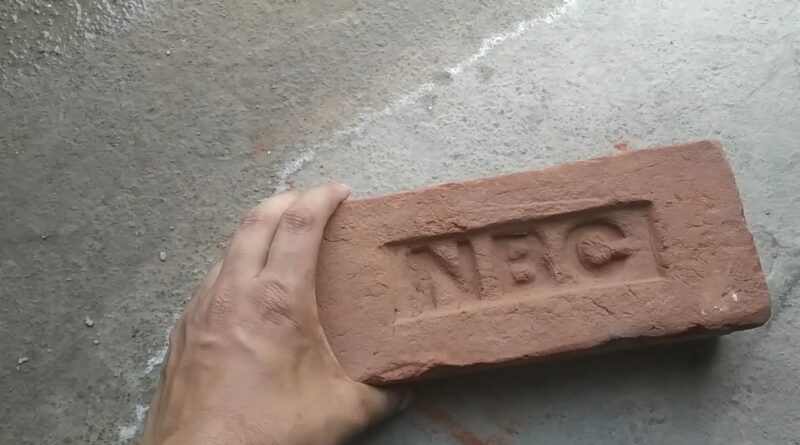Which brick is best for construction clay or red brick ?
Fly ash brick is better than red brick. Because of following reason :-
Fly Ash Brick
This bricks are manufacturing by mixing Quarry Dust / River Sand , Stone aggregates less than 6mm in Size, Cement and Fly Ash
Note :- Fly Ash quantity will be 10% to 20% of Cement
Normally the actual cement quantity required will be replaced with 10% to 20% Fly Ash. Any brick contains cement will increase the heat inside building . Fly Ash Bricks with plastering on both sides will again increase more Heat .
When we are manufacturing One Metric Ton of Cement equal quantity of CO2 ( Carbon di Oxide ) will also get generated . So we are poluting the atmosphere .
Bricks
Bricks have high thermal mass which is what makes them absorb more heat as compared to AAC blocks. The bricks absorb heat during the day and release it at night
Red traditional bricks are known to be more durable and the structures made from them are stronger than the ones made from hollow blocks
Bricks are nothing but highly compressed earthen materials. The high compression makes them so dense that there is very less space left for combustion to ignite and spread
Masonry bricks are almost free of maintenance. Once constructed with, they do not require as regular maintenance as block constructions do from time to time.
Note :-
Red brick has a higher decay rate than fly ash.
Fly ash has better ensuring strength than red brick.
For A known fact red brick is not at all nature friendly.
Fly ash brick absorbs more vibration than red brick.
Fly ash brick can be used in support structures but red bricks can’t.
Lastly fly ash is cheaper than red brick.
Comparison of Red Bricks and Fly Ash Bricks
| Properties | Red Bricks/Clay Bricks | Fly Ash Bricks |
| Density | 1600-1750 kg/m3 | 1700-1850 kg/m3 |
| Compressive strength | 30-35 kg/cm2 | 90-100 kg/cm2 |
| Absorption | 15-25% | 10-14% |
| Dimensional stability | Very low tolerance | High tolerance |
| Wastage during transit | Up to 10% | Less than 2% |
| Plastering | Thickness vary on the both sides of wall | Even on both sides |

